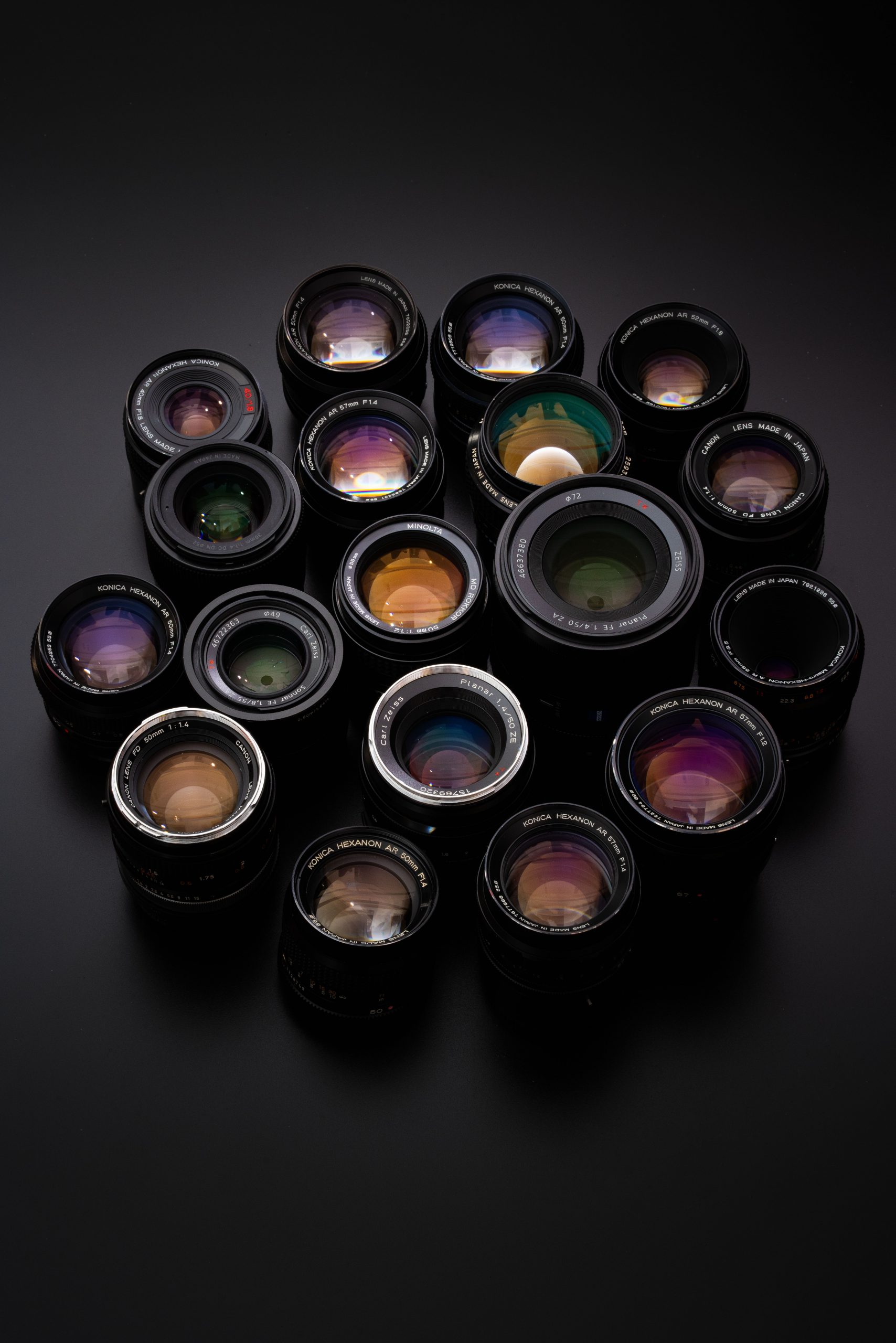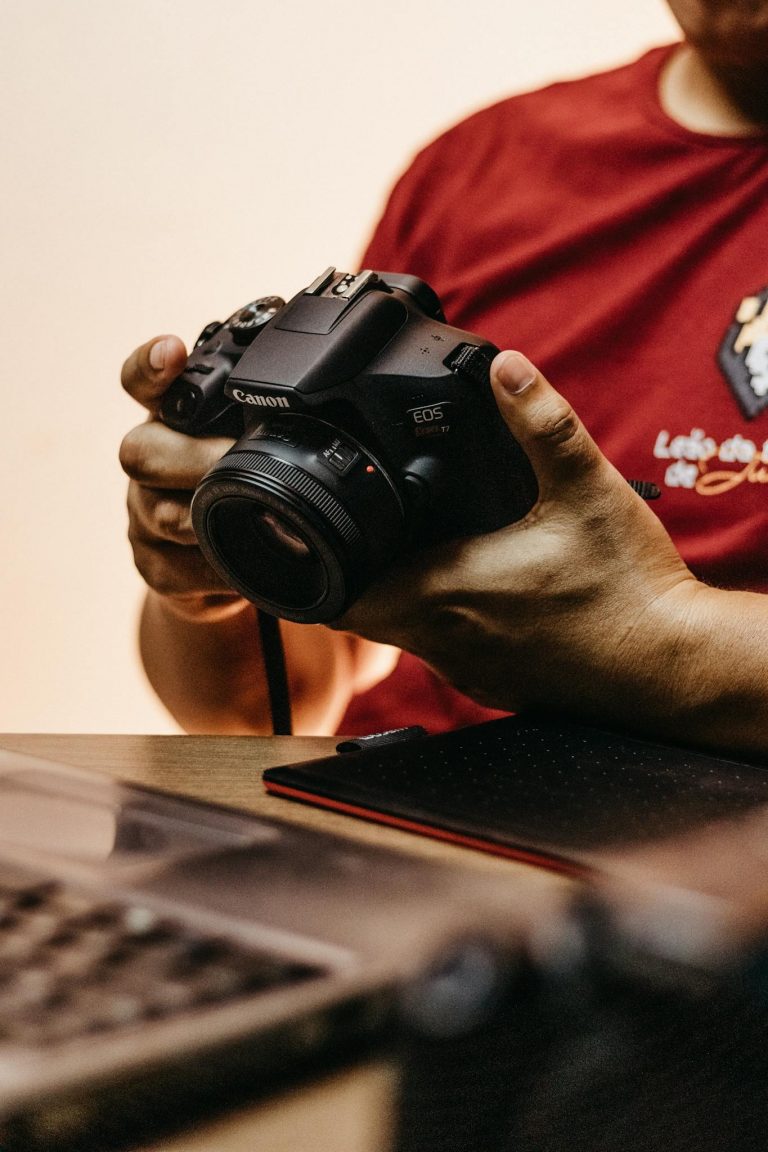
The Art of Lens Selection: Crafting Unique Photography Effects
Photography is not just about capturing a scene; it’s about conveying emotions, stories, and artistic perspectives. One of the most powerful tools at a photographer’s disposal is the lens. Different lenses can produce vastly different effects, allowing you to create unique and captivating images. In this blog post, we’ll explore the art of lens selection and how it can help you achieve various effects in photography.
The Standard Lens: Versatility and Realism
The standard or kit lens, typically around 18-55mm for crop-sensor cameras and 24-70mm for full-frame cameras, is often the first lens photographers use. It offers a versatile focal range that closely mimics what the human eye sees. This lens is ideal for capturing scenes with a natural perspective, making it great for everyday snapshots, portraits, and street photography. Its moderate aperture allows for a balance between sharpness and depth of field, resulting in realistic and true-to-life images.
Wide-Angle Lens: Expansive Views and Dramatic Distortion
Wide-angle lenses, such as 10-20mm or 16-35mm, are perfect for emphasizing vast landscapes, architecture, and interior spaces. They create a sense of depth, making the foreground appear larger and the background smaller, which can add drama and impact to your compositions. Wide-angle lenses also introduce a bit of distortion, adding an artistic touch to your images.
Telephoto Lens: Isolating Subjects and Compressing Space
Telephoto lenses, like 70-200mm or 100-400mm, allow you to get up close to subjects that are far away. These lenses are excellent for wildlife, sports, and portrait photography, as they can isolate your subject from the background, creating a pleasing background blur known as bokeh. Telephoto lenses also compress the perceived distance between objects, which can be used creatively to make distant objects appear closer together.
Prime Lens: Exceptional Sharpness and Creative Bokeh
Prime lenses have a fixed focal length, such as 35mm, 50mm, or 85mm. They are known for their exceptional sharpness and wide apertures, often ranging from f/1.2 to f/2.8. Prime lenses are perfect for achieving a shallow depth of field, resulting in creamy background blur and beautiful bokeh. They are prized for portrait photography, where they excel at capturing the subject with exceptional clarity while blurring the background for a dreamy effect.
Macro Lens: Exploring the Tiny Details
Macro lenses, typically in the 50-100mm range, are designed for extreme close-up photography. They allow you to capture the intricate details of small subjects, such as flowers, insects, or jewelry. With their shallow depth of field and 1:1 reproduction ratio, macro lenses create striking images that reveal a world not easily seen with the naked eye.
Fisheye Lens: Distorted Reality and Creative Fun
Fisheye lenses are known for their extreme distortion and exaggerated perspective. They capture an ultra-wide field of view, often around 8-15mm, and create a circular or hemispherical image. Fisheye lenses are perfect for creative and experimental photography, adding a whimsical and surreal touch to your images.
Conclusion
In photography, the choice of lens can significantly impact the final image. Understanding the characteristics and effects of different lenses allows you to tailor your photography to your creative vision. Whether you want to capture the vastness of a landscape, the intimacy of a portrait, or the intricacies of tiny subjects, there’s a lens designed to help you achieve your desired effect. So, experiment, explore, and let your creativity flow through your lens choices to craft truly unique and captivating photographs.



